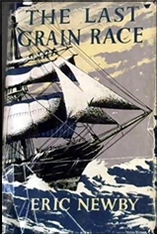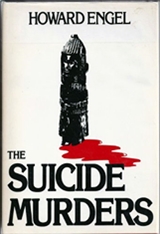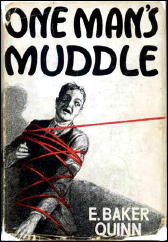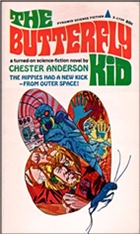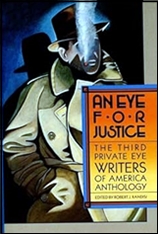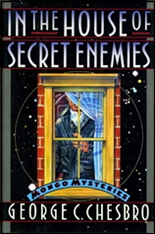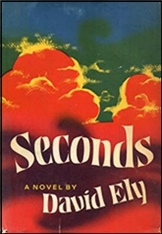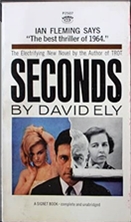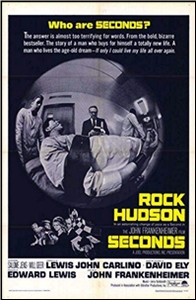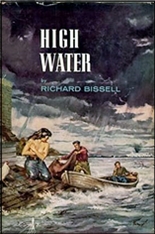Fri 19 Apr 2024
Reviewed by Tony Baer: RUDOLPH WURLITZER – The Drop Edge of Yonder.
Posted by Steve under Reviews , Western FictionNo Comments
RUDOLPH WURLITZER – The Drop Edge of Yonder. Two Dollar Radio, softcover, 2008, 2017.
“Elk’s elk and meat’s meat, son, and nothin’ matters, and to hell with the rest of it.”
Wurlitzer, descendant of the jukebox maven, wrote a screenplay about Zebulon, a mountain man stuck between this life and the underworld, to be filmed by Sam Peckinpah. The screenplay can be found here: https://thescriptsavant.com/movies/Zebulon.pdf
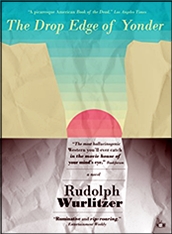
Unfortunately, Peckinpah died before filming it. Then Hal Ashby was going to direct it. And died. Then Jim Jarmusch was going to direct it — but couldn’t agree with Wurlitzer on the script. So, instead, Jarmusch filmed Dead Man, lifting many of the same themes without crediting Wurlitzer. (For an interview discussing this stuff, see https://arthurmag.com/2008/05/21/on-the-drift-rudy-wurlitzer-and-the-road-to-nowhere/).
Giving up on the film, Wurlitzer reworked the screenplay into a novel: Drop Edge of Yonder.
Zebulon, mountain man, fur trader, outlaw, shootist, gold digger, horse thief, and gambler, gets shot in the heart during a card game gone wrong. But he doesn’t die. He should be dead. But he ain’t. At least not hardly. Maybe a little bit — but with one foot in this world and one foot in the other.
So he wanders. “Quien es,” he keeps asking. Going from town to town, from card game to card game, always losing to a royal flush with the queen of hearts pulled off the bottom of the deck.
He hooks up with Delilah, African courtesan to a Russian Count. But she’s just like him, cursed to meander this earth, neither of this world nor the other. Condemned to wander til they fathom this, that:
“All trails are dreams and there was never anything to try for or do; only to be.”
